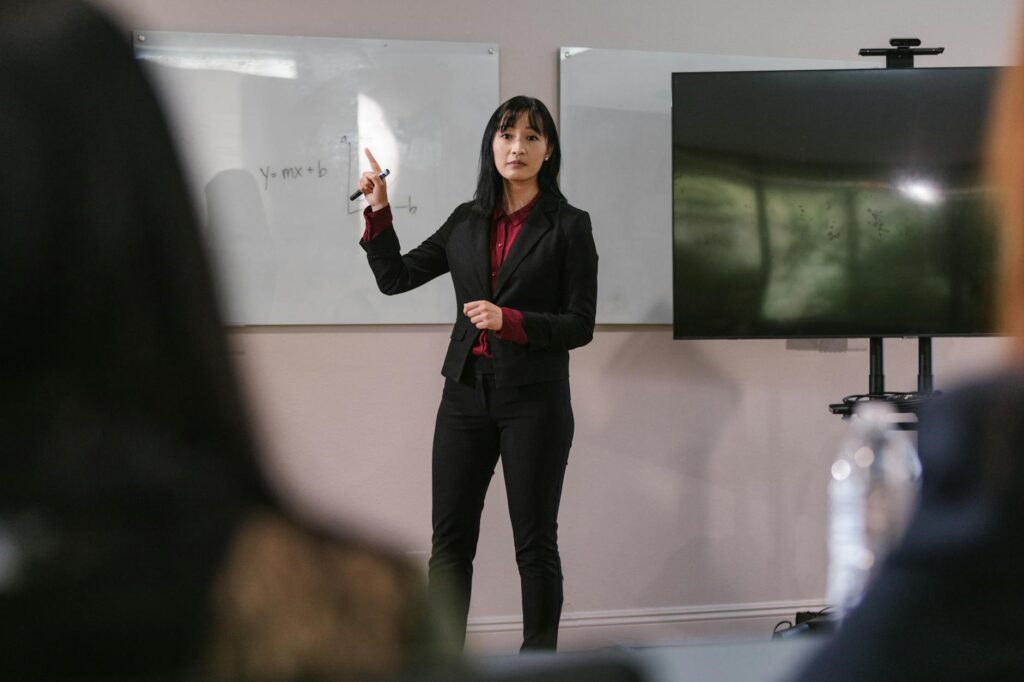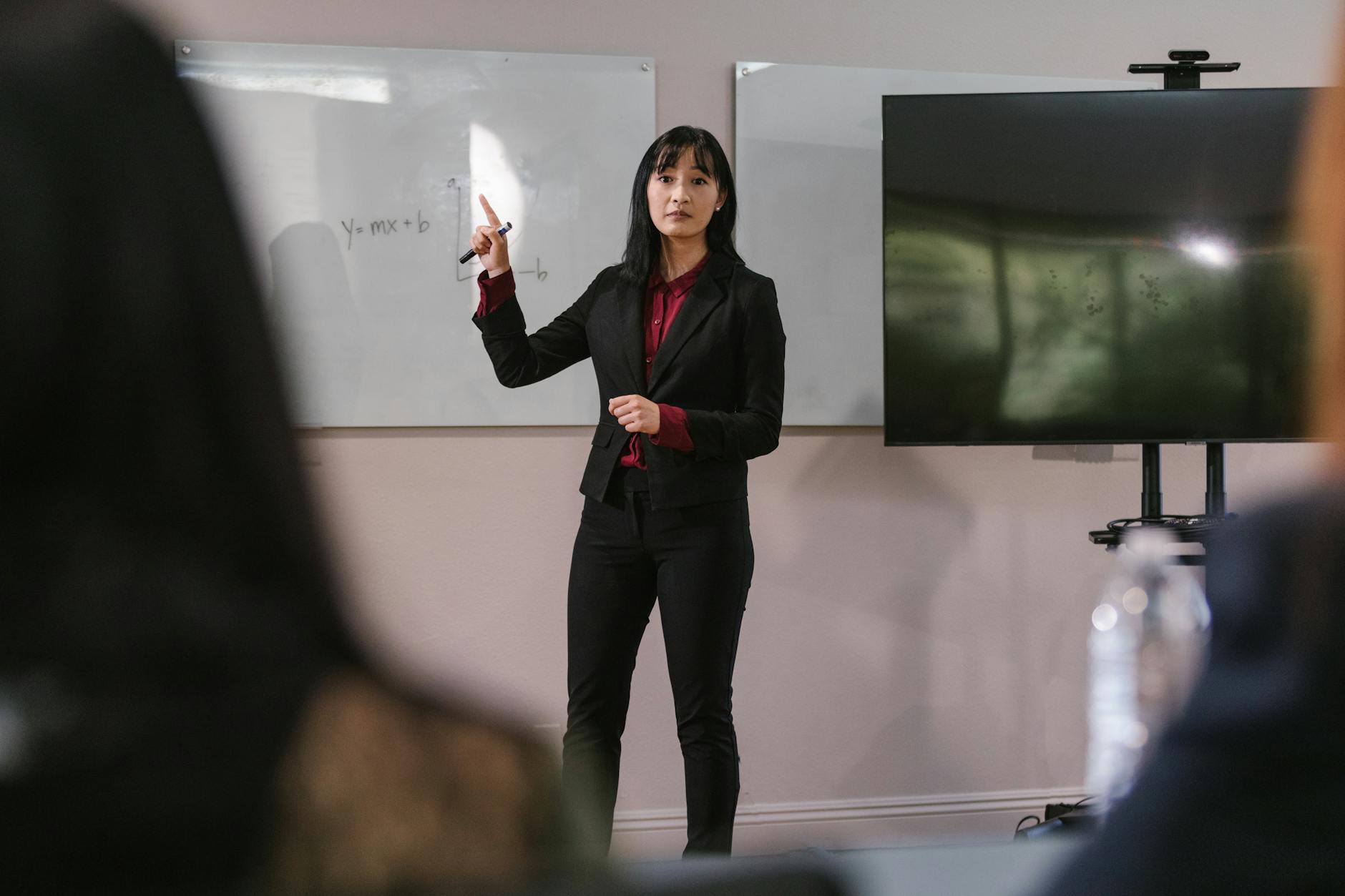What is classroom management techniques?

What is Classroom Management Techniques?
Classroom management techniques are essential strategies employed by educators to create an effective learning environment. When executed well, these techniques not only enhance the educational experience but also foster student engagement and improve academic performance. Classroom management is more than just maintaining order; it’s about developing a positive atmosphere where students can thrive.
Understanding Classroom Management Techniques
Classroom management techniques encompass a variety of practices aimed at promoting a conducive learning environment. These techniques help teachers organize their classrooms in a way that encourages positive behavior while minimizing disruptions.
What Are Classroom Management Techniques?
At its core, classroom management techniques involve setting up a structured approach to the learning environment. This includes establishing rules, routines, and expectations that guide student behavior. By clearly defining what is acceptable, teachers can help students understand their roles within the classroom, ultimately leading to a more productive learning atmosphere.
The significance of these techniques cannot be overstated. They serve as the backbone of effective teaching and learning. When students know what is expected of them, they are more likely to engage in their studies and contribute to a positive classroom dynamic. You can explore some foundational strategies in detail through resources like Prodigy Game and We Are Teachers.
Importance of Adopting Classroom Management Techniques
Implementing effective classroom management strategies offers numerous benefits. It not only enhances student engagement but also leads to better behavior and improved academic outcomes. Studies have shown that well-managed classrooms experience fewer behavioral problems, allowing teachers to focus more on instruction rather than discipline. For instance, a well-defined classroom management plan facilitates a structured environment where students can learn and develop essential life skills, such as time management and collaboration.
Good classroom management also fosters relationships between teachers and students, which can significantly affect students’ motivation and willingness to participate in classroom activities. As noted by Kami, effective classroom management allows teachers to keep students on task and focused on their learning objectives.
Key Classroom Management Techniques
There are several key techniques that teachers can employ to manage their classrooms effectively. These strategies are designed to create a structured and positive environment conducive to learning.
Establishing Clear Expectations
One of the most critical steps in classroom management is establishing clear expectations. By defining rules and guidelines, teachers provide students with a roadmap for acceptable behavior. This helps prevent misunderstandings and misbehavior. For example, outlining classroom rules at the beginning of the school year can set a tone for the rest of the year, making it easier for students to follow suit.
Creating a Structured Environment
A structured environment is vital for effective classroom management. Predictable routines and organized spaces help students know what to expect, reducing anxiety and distractions. When students understand the daily flow of activities, they can focus better on learning. Simple adjustments, like arranging desks to facilitate collaboration or implementing a consistent schedule, can make a significant difference in maintaining order.

Photo by RDNE Stock project
Utilizing Positive Reinforcement
Positive reinforcement is a powerful tool for encouraging good behavior among students. This technique involves acknowledging and rewarding desirable actions, which can motivate students to repeat those behaviors. Simple gestures such as verbal praise, stickers, or small rewards can go a long way in reinforcing positive conduct. When students feel recognized for their efforts, they become more engaged and motivated in their learning.
Implementing Effective Communication Strategies
Clear communication is essential for enhancing classroom dynamics. Educators must convey instructions, feedback, and expectations in a manner that students understand. Using simple language, visual aids, and interactive discussions can help bridge the gap between teachers and students. Regularly checking for understanding and encouraging questions fosters a culture of open communication, which is vital for effective classroom management.
Challenges in Classroom Management
Even the most experienced educators face challenges in managing their classrooms effectively. Understanding these challenges can help teachers develop strategies to overcome them.
Disruptive Behavior
Disruptive behavior can significantly impact the learning environment. It distracts not only the offending student but also their peers, making it difficult to maintain focus. Teachers can address disruptive behavior by implementing consistent consequences and engaging students in discussions about acceptable behavior. Techniques such as redirecting attention or providing structured breaks can also help minimize disruptions.
Diverse Learning Needs
Classrooms today are more diverse than ever, with students exhibiting varying needs and learning styles. This diversity can complicate classroom management, as teachers must adapt their strategies to cater to all students. Differentiated instruction, flexible grouping, and personalized feedback are just a few techniques that can accommodate diverse learners. By recognizing and addressing individual needs, teachers can create a more inclusive classroom environment.
Conclusion: The Impact of Classroom Management Techniques
In summary, effective classroom management techniques are crucial for fostering a productive learning environment. By implementing strategies such as establishing clear expectations, creating structured routines, utilizing positive reinforcement, and maintaining effective communication, teachers can enhance student engagement and academic performance. While challenges may arise, the benefits of mastering classroom management far outweigh the difficulties. For those looking to improve their classroom management skills, resources from sites like Augusta University offer valuable insights and strategies.
By embracing these techniques, teachers can not only achieve optimal classroom success but also create a space where students feel motivated, respected, and eager to learn.